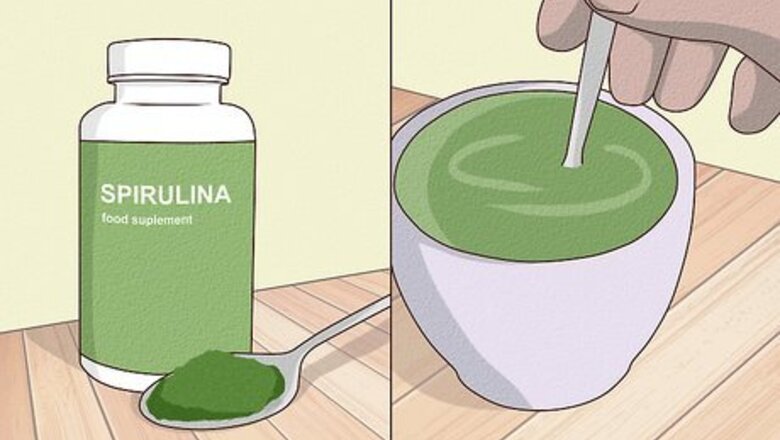
views
X
Trustworthy Source
PubMed Central
Journal archive from the U.S. National Institutes of Health
Go to source
If you’d like to start using spirulina for its health benefits, it’s easy to incorporate into your normal diet. Keep in mind, however, that spirulina won’t improve your health on its own, despite some claims that it possesses healing and anti-cancer properties. You still need to follow a balanced diet and exercise regularly to stay in good shape. If you follow a healthy lifestyle overall, then adding spirulina can give you an extra health boost.
How to Take Spirulina
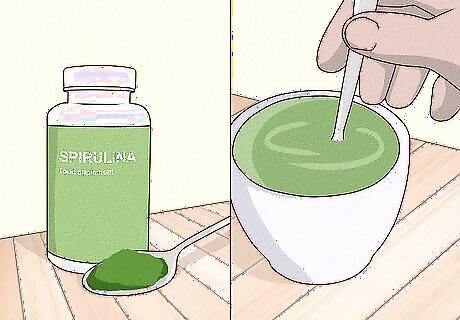
Stir a spoonful into a glass of water or juice. This is the simplest way to get your daily serving of spirulina. Stir 1 or 2 spoonfuls into a glass of water or juice and drink the mixture. You don’t have to gulp the mixture down right away, but keep stirring it if you take your time. Otherwise the powder will settle at the bottom. You might find the taste of spirulina and plain water strong or unpleasant, so juice is a better option to mask the flavor. Use an all-natural fruit juice without concentrate.
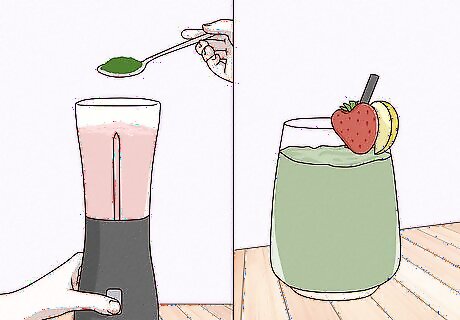
Add spirulina to smoothies for a more earthy flavor. This is a popular choice for health enthusiasts because you can combine lots of healthy ingredients along with the spirulina. It also masks the powder’s flavor better than juice. Add 1 or 2 spoonfuls to your favorite smoothie and blend the mixture together. Sweet flavors can offset the earthy tone of spirulina, so try using sweeter fruits in your smoothie like pineapples, mangoes, and oranges.
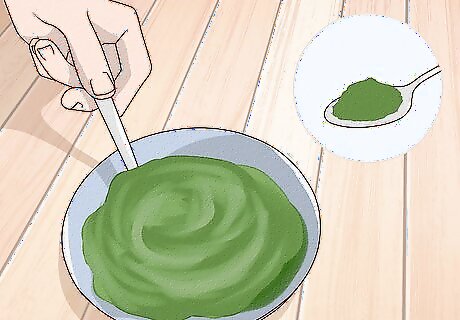
Mix spirulina into hummus, guacamole, or other dips. This adds a lot of nutrients to your snacks and introduces a unique flavor as well. Sprinkle some into your favorite dip and stir it throughly. It might take some trial and error to get the mixture right here. Add a little bit at a time so you don’t overdo it and ruin the flavor.
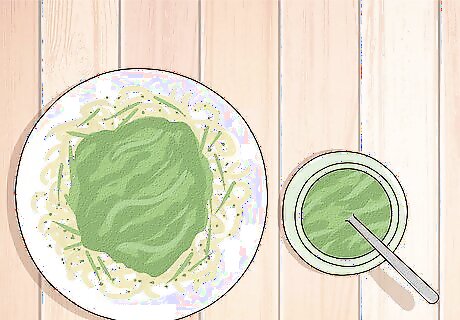
Make pesto sauce with spirulina. Pesto sauce pairs perfectly with spirulina because it already has an earthy, nutty flavor. Sprinkle some in to complement the taste. Do a flavor test to find the right amount, then pour the sauce over fresh pasta. Pesto is also a great sauce for dipping bread or using on vegetarian pizzas. You could also use spirulina in other earthy pasta sauces, like ones with mushrooms or truffles.
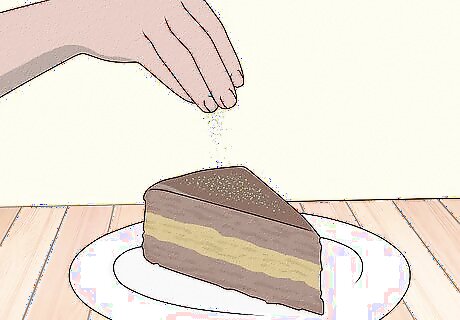
Sprinkle the powder onto chocolate, cakes, or other desserts. Spirulina tends to pair well with chocolatey flavors, so it can add a unique tone to your desserts. Sprinkle a bit over your desserts for an extra nutrient boost. Remember that having too much dessert is bad for your health, even with spirulina added. Keep your dessert intake to a minimum and use spirulina in other dishes for a better health boost.
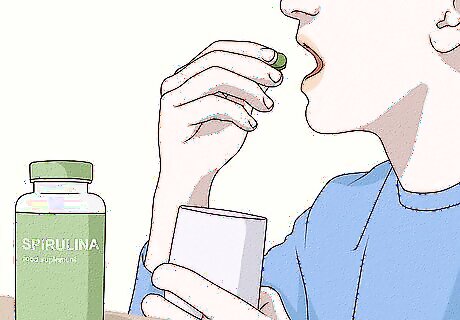
Take spirulina supplements instead of mixing it into your food. Spirulina also comes in tablet form as a dietary supplement. If you don’t like the flavor of the powder, then this is a good way to add spirulina to your diet without the strong taste.
Things Spirulina Could Help With
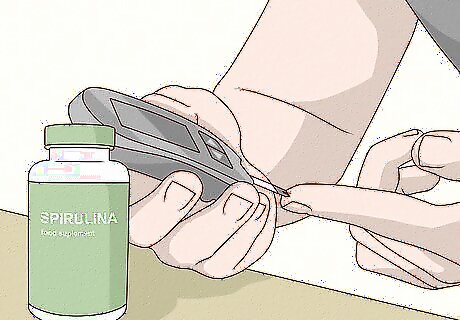
Control your blood sugar to prevent diabetes. Some studies show that spirulina could keep your blood sugar down, which could prevent or improve diabetes symptoms. If you need to control your blood sugar, then spirulina supplements could help. If you already have diabetes, ask your doctor before taking any health supplements like spirulina to make sure they won't make your condition worse.
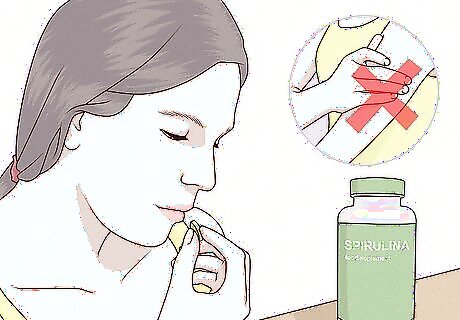
Reduce muscle fatigue during intense exercise. Spirulina is rich in antioxidants, which help prevent oxidative stress. This means it could protect your muscles and prevent fatigue during intense or prolonged workout sessions.
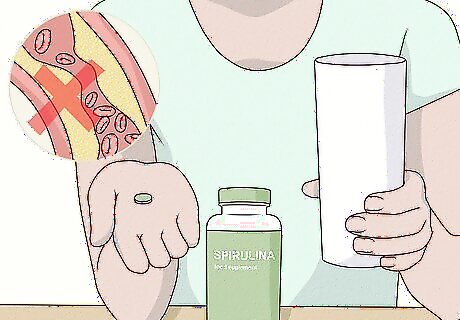
Lower your lipid and cholesterol levels. Spirulina also shows signs of lowering cholesterol. This could help control your blood pressure, prevent diabetes, and improve symptoms of heart disease.
Tips to Stay Safe

Rinse your mouth out with water after taking spirulina. Spirulina powder could stain your teeth a bit, so it’s a good idea to rinse your mouth out after eating or drinking anything that you added it to.
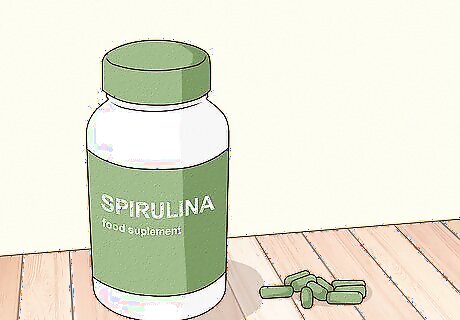
Limit your daily intake to 500 mg. This is a standard dose for both tablets and powder forms of spirulina. Higher doses may be safe, but it’s best to stick with this limit unless your doctor tells you it’s okay to have more. Different products or brands may have different dosing instructions, so always follow the directions provided.
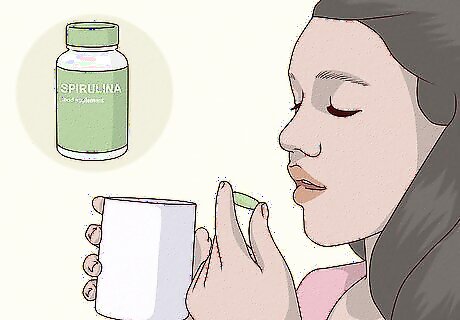
Take spirulina only if you’re at least 18 years old. While spirulina is generally safe, studies haven’t been done to determine how it affects children. It’s best to wait until you’re 18 to start adding it to your diet, unless your doctor tell you it’s okay. If you’d like to add spirulina to your children’s diet, ask your pediatrician first.

Check with your doctor before you start taking spirulina supplements. As with all health supplements, spirulina might not be right for everyone, so let your doctor know first if you want to start taking the supplements. They can counsel you on whether or not this is the best choice for your health. It’s rare, but spirulina could contain an amino acid that aggravates phenylketonuria, a metabolic disorder that some people have. This is why checking with your doctor first is important.

Ask your doctor if spirulina is safe while pregnant or breastfeeding. Spirulina’s effects on unborn children or newborns isn’t clear, so ask your doctor if you can continue taking it while you’re pregnant or breastfeeding.
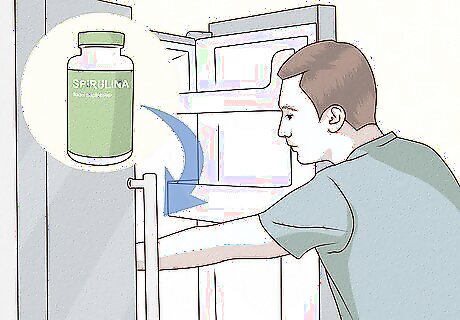
Keep spirulina in the refrigerator after you open it. While spirulina won’t make you sick if you leave it out at room temperature, the nutrients can start degrading if it isn’t refrigerated. Keep it cold so you always get the highest nutrition dose with every serving.










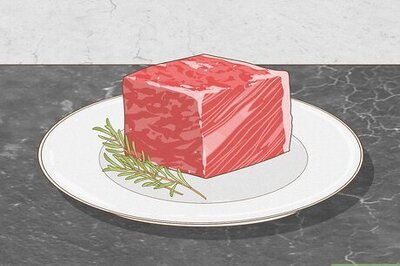






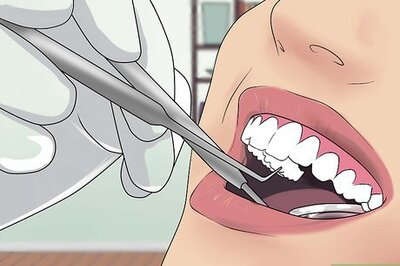
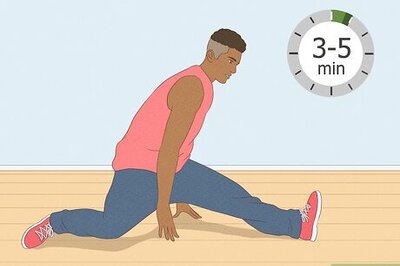

Comments
0 comment